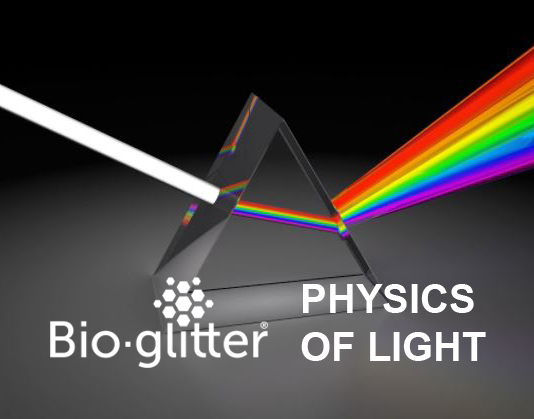Glitter Colour Effects – Playing with the ‘Physics of Light’
Over the years ‘glitter myths’ have developed. In this blog we aim to bust the myth of what’s behind the glitter colour effects. I’m sad to say it’s not ‘magic’, but something far more magical, the physics of light.
Glitter effects can be grouped into three main groups; Metallic, Iridescent/Opalescent and Holographic. They all utilise different types of light physics in their creation:-
1 – Metallic Effect Glitters: Technical Light Effect Term – ‘Specular Reflection’
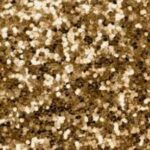
Metallic effect glitters; silver, golds, reds, greens, blues etc. The effect is created by reflecting light. The glitter particles act as little mirrors, each one reflecting light. Within the structure of the glitter is an extremely thin layer of aluminium, 2500 times thinner than a human hair. The sole purpose of this layer is reflecting light. Transparent coloured coating are applied to either side of the glitter particle to give colour metallic effects.
Metallic glitters are opaque, ie they conceal anything underneath the glitter as the aluminium layer reflects light.
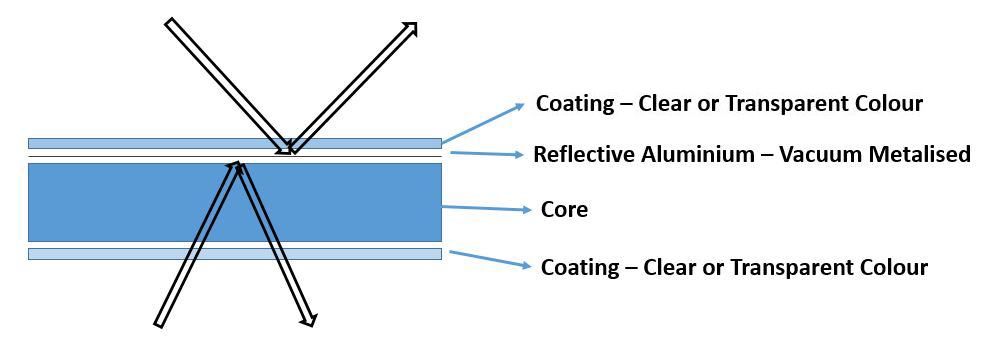
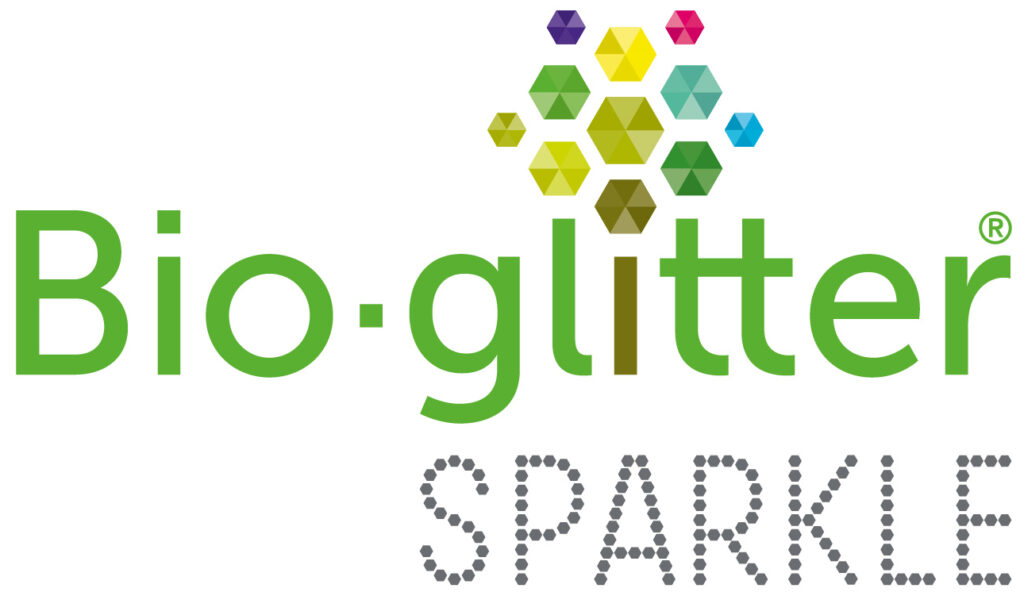 – Bioglitter™ SPARKLE products are metallic effect glitters, indistinguishable in appearance from metallic effect plastic glitters.
– Bioglitter™ SPARKLE products are metallic effect glitters, indistinguishable in appearance from metallic effect plastic glitters.
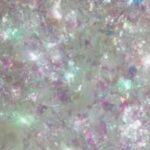
Opalescent and iridescent glitters exhibit effects where colour can only be seen when viewed from a particular angle. This effect is know as a colour travel effect, where the colour observed changes depending upon which angle the glitter is viewed. Opalescent and Iridescent glitters utilise the manipulation of light through refraction and reflection to achieve this effect.
In an iridescent glitter, light is refracted and essentially spun back on itself back. Iridescent glitters are created by micro layering more than one hundred alternate layers of two different type of plastics with complementary refractive indexes. The microlayer film is created by using hi-tech plastic extrusion techniques of the two colourless synthetic plastic polymers. Iridescent glitters are transparent, unlike metallic and holographic which have a reflective aluminium layer and are opaque. Refractive index is the value given relating to a materials’ ability to bend light when light enters it. Refection is the effect seen when light is bent moving from one medium into another, for example from air into water.
These types of plastic glitter do not contain any pigment or aluminium layer and are completely transparent. The intensity of the iridescent effect is increased by using these types of glitters against a dark or black background.
The Structure of Plastic Iridescent Effect Glitter

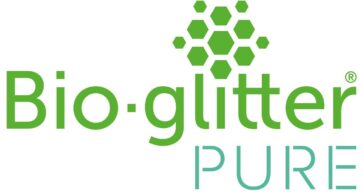 – Bioglitter™ PURE products are opalescent effect glitters, a reinvented version of iridescent effect plastic glitters
– Bioglitter™ PURE products are opalescent effect glitters, a reinvented version of iridescent effect plastic glitters
Due to the physical properties and chemistry of the natural and plant derived raw materials used in Bioglitter™, it is not possible to re-create the structure of a plastic iridescent effect glitter (as illustrated above) using naturally derived raw materials. Therefore, we have had to take a completely different approach and recreate the effect in a novel way . Bioglitter™ PURE is a new type of glitter, unique to Ronald Britton Ltd. Like plastic iridescent glitters, Bioglitter PURE products do not contain aluminium, they are also transparent and work in a similar same way to plastic iridescent glitters in that the colour effect becomes stronger stronger against a dark background. However, as the structure of Bioglitter PURE is completely different they exhibit a completely new and exiting appearance unique to Bioglitter PURE.
The Bioglitter™ PURE product family, consists of three colour ranges of increasing strength of effect. The first-generation, launched in 2019, is an interesting ‘Natural’ colour range. In 2020 we launched the stunning ‘Opal’ colour range, these glitters produce a ‘mother of pearl’ or opalescent effect. Also in 2020 we introduced the ‘Vivid’ colour range, a strong aluminium free metallic effect glitter with an almost opaque appearance.
Being Aluminium free they offer the added benefit of providing extra resistance in waterbased applications that are either acid, alkali or contain high levels of surfactant. The aluminium layer in a metallic or holographic effect glitter is attacked and loosed its reflective properties in these environments. An example of these types of environments are soaps and detergents.
Recreating the iridescent intensity without the ability to create a microlayer structure is a challenge. However, with further development, we hope to offer future generations of Bioglitter™ PURE that become ever closer to the effects that are currently achieved with plastic iridescent glitters.
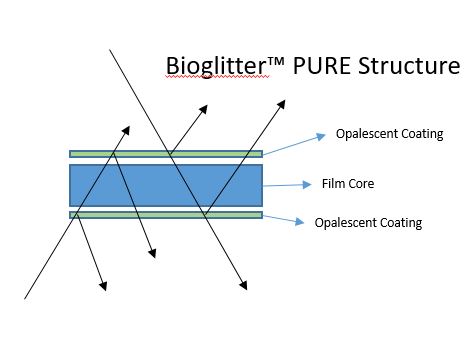
2 – Holographic Effect Glitters: Technical Light Effect Term – ‘Diffuse Reflection’
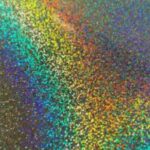
Holographic effect glitters exhibit a spectacular rainbow effect, created by splitting light into its individual component parts. Each glitter particle acts as little prism splitting light. The structure of a holographic glitter is similar to a metallic glitter in that it has a very thin aluminium layer to reflect, with the addition of a microscopic structural pattern to diffract the light.
In non-diffuse direct light, for example, direct sunshine or LED lights, these products really excel, producing an eye-catching kaleidoscope of dazzling colour.
As holographic glitters contain an aluminium layer, like metallic glitters 2500 times thinner than a human hair, they are opaque, diffusing and reflecting the light that hits them.
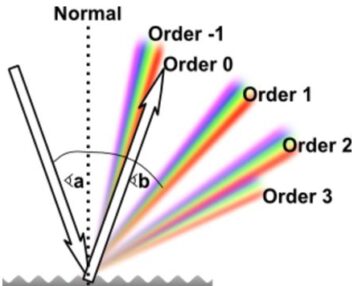
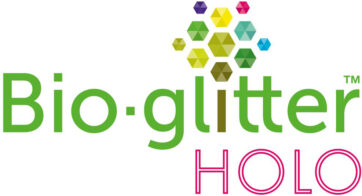 – Bioglitter™ HOLO products are holographic effect glitters, indistinguishable in appearance from holographic effect plastic glitters.
– Bioglitter™ HOLO products are holographic effect glitters, indistinguishable in appearance from holographic effect plastic glitters.

